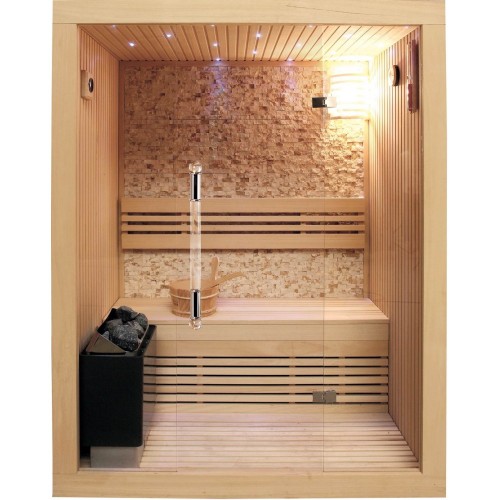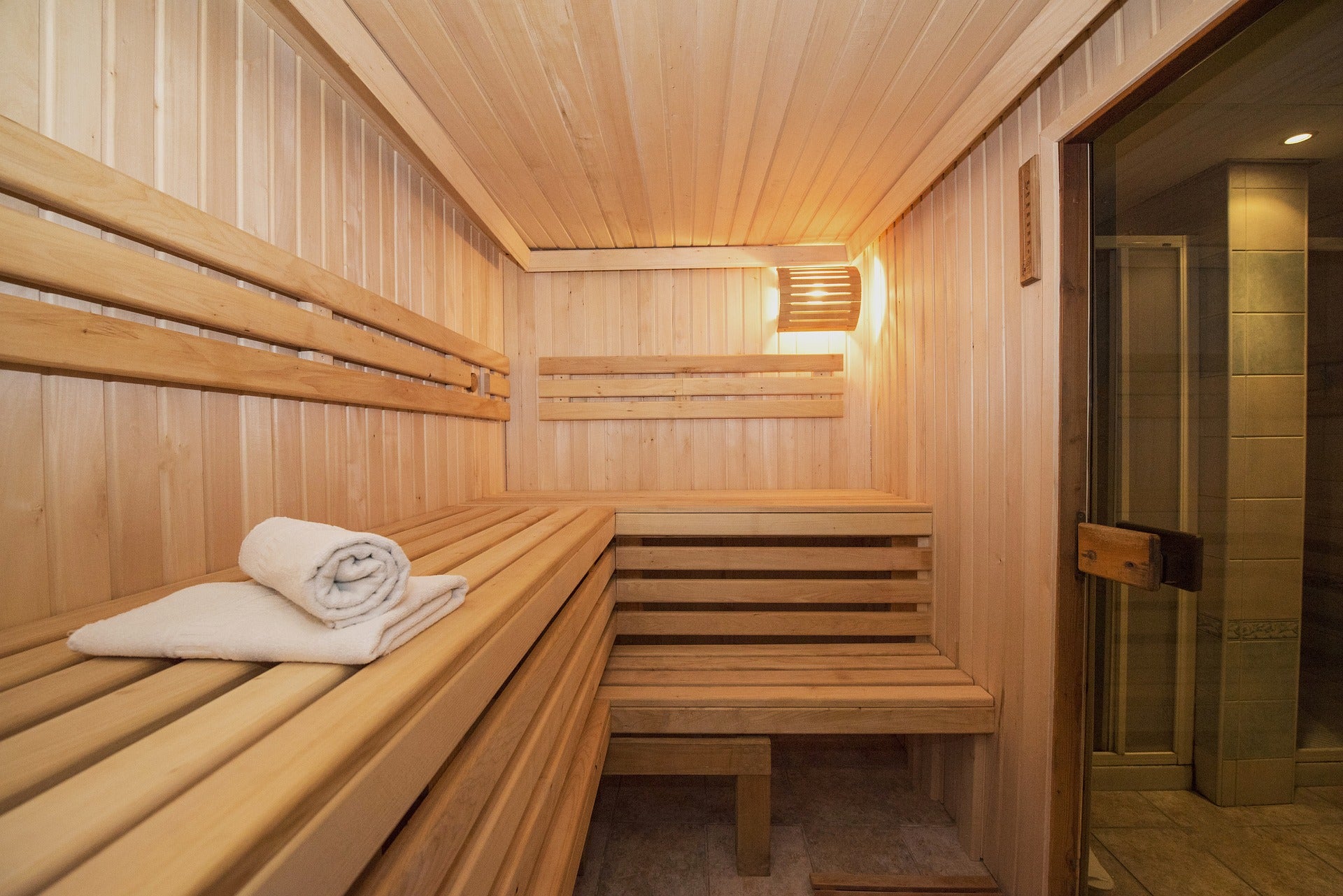The Buzz on Traditional Sauna
The Buzz on Traditional Sauna
Blog Article
The Single Strategy To Use For Traditional Sauna
Table of ContentsNot known Incorrect Statements About Traditional Sauna Our Traditional Sauna Diaries4 Simple Techniques For Traditional SaunaAn Unbiased View of Traditional Sauna
A lot of the weight lost in a sauna is water loss and is re-gained upon rehydrating. However, without a doubt sauna can be a vital part of a healthy and balanced weight loss program. To check out the differences in between conventional and IR saunas, I will separate these right into proven, academic, and fabricated differences.Therefore, the hottest point in the saunawhich goes to the ceiling straight above the sauna heateris typically between 185 and 190 F. Traditional Sauna. Claims that a standard sauna surpasses 200 F is just not true and not relevant for electrical saunas sold in the United States. The temperature for a far-infrared sauna is usually established between 120 and 140 F; however, unlike the standard sauna, the objective in and IR room is not to attain a high temperature
As a result of this, the temperature distinction is nearly pointless, considering that profuse sweating causes both sauna types, but the approach of heating up the body is various. In an IR sauna the bather will feel hot and will certainly sweat profusely, but at much reduced temperature levels. Hence, if the objective is to spend longer amount of times in the sauna, the IR sauna is an excellent option.

Traditional Sauna Can Be Fun For Anyone
When the high temperature is accomplished, the elements cycle on and off to preserve the heat. Many standard sauna individuals enjoy pouring water over the rocks to produce steam to increase sauna humidity degrees. The advantages of putting water over the rocks include: making the space a lot more comfy, moistening the nasal passages, and permitting the use of aromatherapy by mixing essential oils with the water.
In a far-infrared sauna, the heat waves permeate the body to successfully heat up the body and increase the body core temperature. To achieve this boosted temperature level, Far-infrared emitters produce infrared energy which is close to the same wavelength as that which the body naturally emitsoften referred to as the "Crucial Array" of 7 website link to 14 microns), so the energy is well gotten by the body.
When the power goes into the body, it creates the body temperature to raise and ultimately leads to perspiration. In an infrared sauna it is necessary for the emitters/heaters to stay on nearly regularly. Considering that there is no mass of rocks to maintain heat, the sauna will certainly cool if the emitters closed off.
As mentioned over, the sauna bather in an infrared room intends to place himself before operating emitters to obtain optimal advantage from the warmth. The home heating time for the two spaces can be really various, relying on just how the spaces are utilized. For a conventional sauna, a bather ought to permit 30-40 mins for the room to attain a preferred temperature and to effectively pre-heat the rocks.
The 15-Second Trick For Traditional Sauna
A well browse around these guys constructed sauna will generally attain a temperature level of 150-160 F in about 30-40 minutes. For hotter temperature levels, the area may need to heat for a longer period.
To some, 15 mins was "wasted" while the infrared energy heated up the wood panels instead of warming a body, while others locate a pre-heated area to be more comfortable and believe an elevated starting temperature level is essential to start perspiring. The length of recommended usage for every room is about the exact same (10-15 mins per session); nevertheless, due to the reduced air temperatures and the ability to really feel the results of infrared warmth quicker than a traditional sauna, it is not uncommon for an individual to spend a total amount of 20-30 mins in an infrared sauna.
Standard saunas have a tendency to be larger (therefore utilize even more power) than infrared saunas, although conventional saunas are definitely available in one and two person sizes. For a two-person typical sauna, 5x6 or 5x7 size read what he said is most prominent. The leading bench can comfortably seat two or three people and is also enough time to rest during the sauna session.


The ordinary cost per kWH of electricity in the U.S. is about $0.11, so a 4.5 kW heater will set you back about $.50 to run for one hour, if the heating unit runs continually for one hour. Usually a sauna heating system will compete 75% of the very first hour and 50% of subsequent hours on given that the aspects cycle once the established temperature is achieved.
Fascination About Traditional Sauna
A 2 individual far-infrared room is normally literally smaller sized than a standard sauna, often concerning 4' x 4' or smaller sized. The IR heating unit is generally 1.5-1.7 kW making use of a 120 volt 15 amp plug-in service. Since the area can be used earlier than a sauna space, we will assume the space is used for to of an hour consisting of warm up time.
There is a hardly ever gone over distinction in the social experience between the two spaces. While our society has actually lost some of the social benefit of the conventional sauna experience, it can be extremely socially satisfying. From household time in the sauna, to heart-felt conversations with better halves, to sauna partiesthe standard sauna experience can cause intimate socializing.
The majority of higher end infrared spaces include colored light treatment, audio systems and full-glass fronts.
Report this page